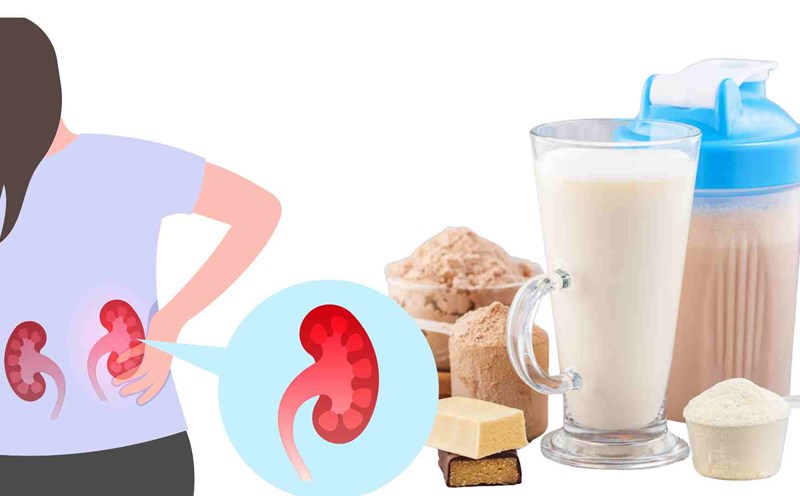The World Health Organization has researched that protein in daily diet is a key factor in maintaining muscle, bones and metabolism when entering the premenopausal and menopausal stages.
Many current studies recommend that older adults should aim for protein levels higher than the traditional minimum to prevent atrophy (sarcopenia): about 1.0-1.2 g of protein per kg of body weight per day, while in some cases, 1.2-1.2 g/kg may be needed. distributing protein evenly throughout the day, each meal about 25-40g of high-quality protein, helps stimulate muscle protein synthesis more effectively.
Regarding specific foods, nutritionists recommend prioritizing diverse protein sources:
Fatty fish such as tuna, salmon. These are fish that provide protein and omega-3.
In addition, white meat such as low-fat chicken breast, eggs, especially white blood provides abundant protein.
For vegetarians, beans and tofu, chia seeds, and quinoa are good choices when they need to increase vegetable protein while still adding fiber and minerals.
To increase muscle protection, in addition to eating enough protein, experts emphasize the need to combine it with resistance training at least 2-3 times/week.
Professor Stuart Phillips, a nutrition and muscle expert at McMaster University, warns: Muscle loss in old age cannot be completely prevented but can slow down, so eating protein regularly every meal and exercising is a practical strategy.
Regarding daily practice, nutritionists recommend that women over 40 years old should: calculate protein goals by weight, prioritize high-quality protein per meal (for example 20-30 g for breakfast, lunch, dinner), add protein-rich foods such as Greek yogurt or nuts, and consider adding plant protein if it is difficult to get enough from food. People with kidney disease need to consult a doctor before increasing their protein intake.
Proper protein control not only protects muscles but also supports weight, bone density and energy for life after age 40, an optimal investment for long-term health.











